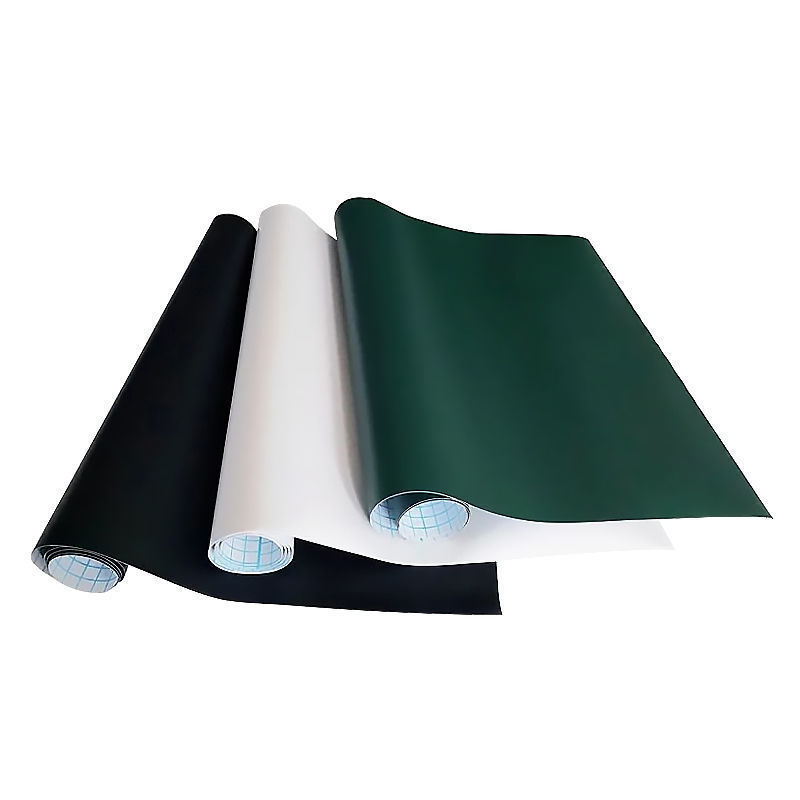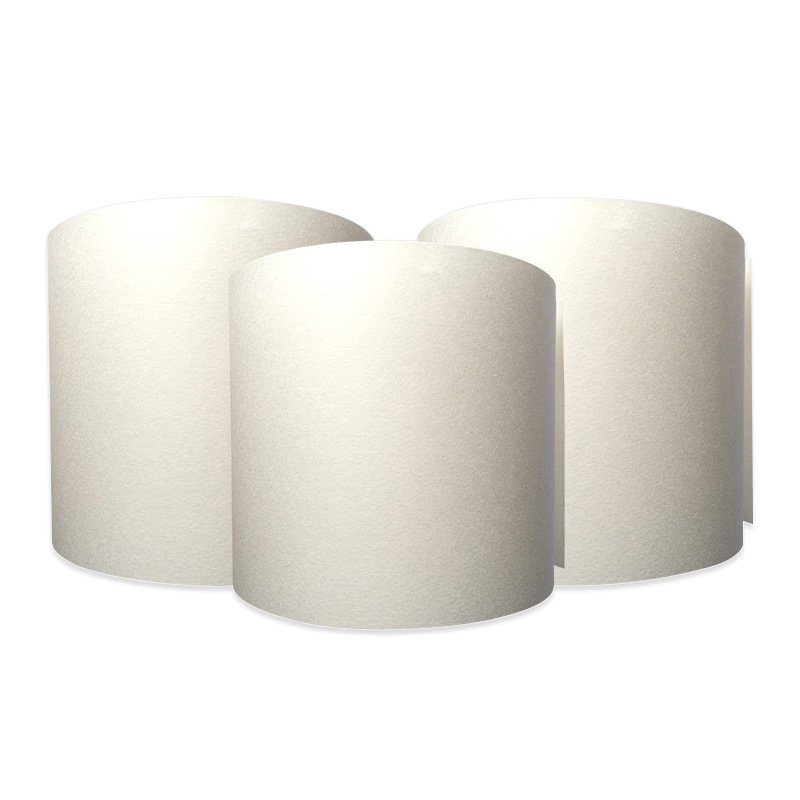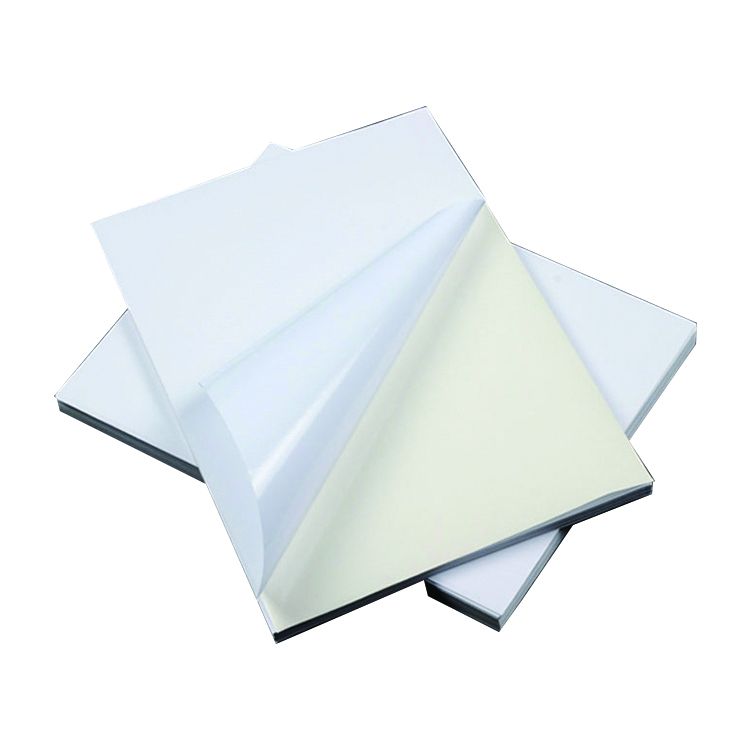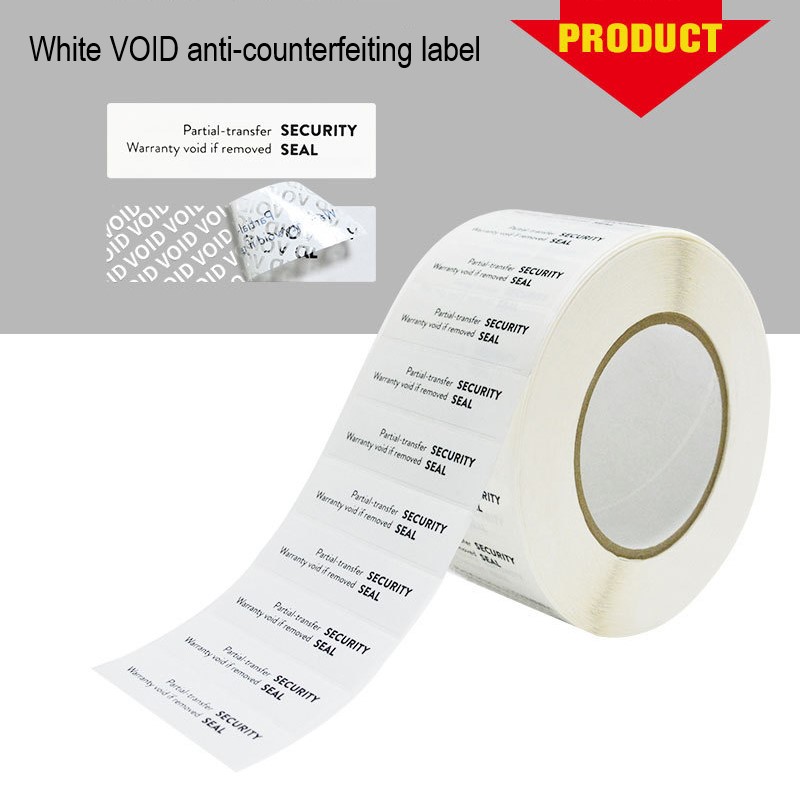Can PET material hold food
-
PET is a safe, food-grade plastic. As long as it is not used to store excessively hot liquids or liquids contaminated with oil and dirt that make it difficult to clean, it is suitable for holding drinking water. PET is a very safe food-grade plastic, but it should not be used for storing overly hot or oily liquids, as this can make it difficult to clean thoroughly.
-
Most beverage bottles on the market are made of PET, which is a type of polymer material widely used in various food packaging. These materials are non-toxic and odorless at low temperatures, and even when used to store beverages, they will not have any impact on humans. However, if PET is exposed to high temperatures or sunlight for a long time, it will slowly degrade and release some harmful solvents to the human body.
-
Regardless of the type of plastic product, various additives such as light stabilizers and smoothing agents must be added during the production process. These chemical components are toxic to the human body. If plastic bottles are used to store rice, flour, drinking water, oil, and other substances for a long time, they may dissolve some harmful substances and introduce them into the human body. Additionally, mineral water bottles or beverage bottles should not be reused, as bacteria may easily grow inside them. Therefore, it is recommended to use materials such as glass or stainless steel, which are safer.
PET self-adhesive label
PET is a fibrous material with good rigid ductility, capable of withstanding certain high temperatures, enduring harsh environments, and resisting corrosion from strong acids, strong bases, and other chemicals. Commonly used fabrics include matte silver, matte white, shiny silver, pure white, and fully transparent.
The temperature resistance range of basic PET labels is -20℃ to +120℃, with a minimum label application temperature of 10℃;
For PET labels with strong adhesion used on cables, the temperature resistance range is -20℃ to +100℃, with a minimum label application temperature of 10℃.
PET label paper
PET label paper comes in various colors such as bright white, matte white, silver, etc. Common colors include silver dragon and silver silver label paper, which have excellent high temperature resistance, chemical corrosion resistance, good waterproof performance, durability, tensile strength, acid and alkali resistance, scratch resistance, friction resistance and other characteristics. However, the cost is relatively higher when used in conjunction with resin based carbon tape printing. Widely used in electrical, electric, and mechanical equipment.
Laser black PET label
Laser black PET label is a 2mil PET label material with a black glossy coating and white sub layer, specifically designed for laser labels in CO2, YAG, UV, or fiber diode marking systems
Laser black PET label product parameters
Coating: Black
Thickness: 2mil
Substrate: PET
Temperature resistance range: -40-180 ℃
Certification standard: RoHS/SGS
Product characteristics of laser black PET label
Smooth and consistent surface, good dimensional stability, excellent printing effect, laser scanning capability, chemical corrosion resistance, solvent resistance, outstanding friction resistance, high temperature resistance, and high humidity performance can be used for under hood identification in automobiles
Application of Laser Black PET Label Products
ID and warranty labels, asset traceability, durable product nameplates, safety barcode labels

Can PET labels be used for chemical labeling?
Chemical labels can use PET labels. PET labels are made of polyester film, which is a polymer material with good hardness and brittleness. It can withstand certain high temperatures, resist harsh environments, and resist corrosion from chemicals such as acid and alkali. It is very suitable for outdoor and high-quality labels.
These characteristics of PET labels make them very suitable for use as chemical labels, as they can clearly and persistently display important information about chemical products, such as name, hazard level, risk statement, etc., ensuring the safe use of the product.
In addition, the common colors for PET labels include matte silver, matte sub white, bright silver, bright white, and transparent. You can choose the appropriate color according to your actual needs. There are also various thickness specifications to choose from, such as 25 series (1 series=1um), 50 series, 75 series, etc., to meet the requirements of different manufacturers and products.
We offer comprehensive technical support, including free professional labeling solutions, advice on label materials and adhesive selection, as well as online/offline assistance from professional software and hardware engineers. Service email: andy@ownlikes.cn. In pre-sales, we leverage our extensive experience in specialty labeling projects to provide clients with the most suitable hardware solutions. Additionally, all our label barcode printers and scanners come with a three-year free warranty, demonstrating our confidence in our products.






This site is protected by reCAPTCHA and the Google Privacy Policy and Terms of Service apply.